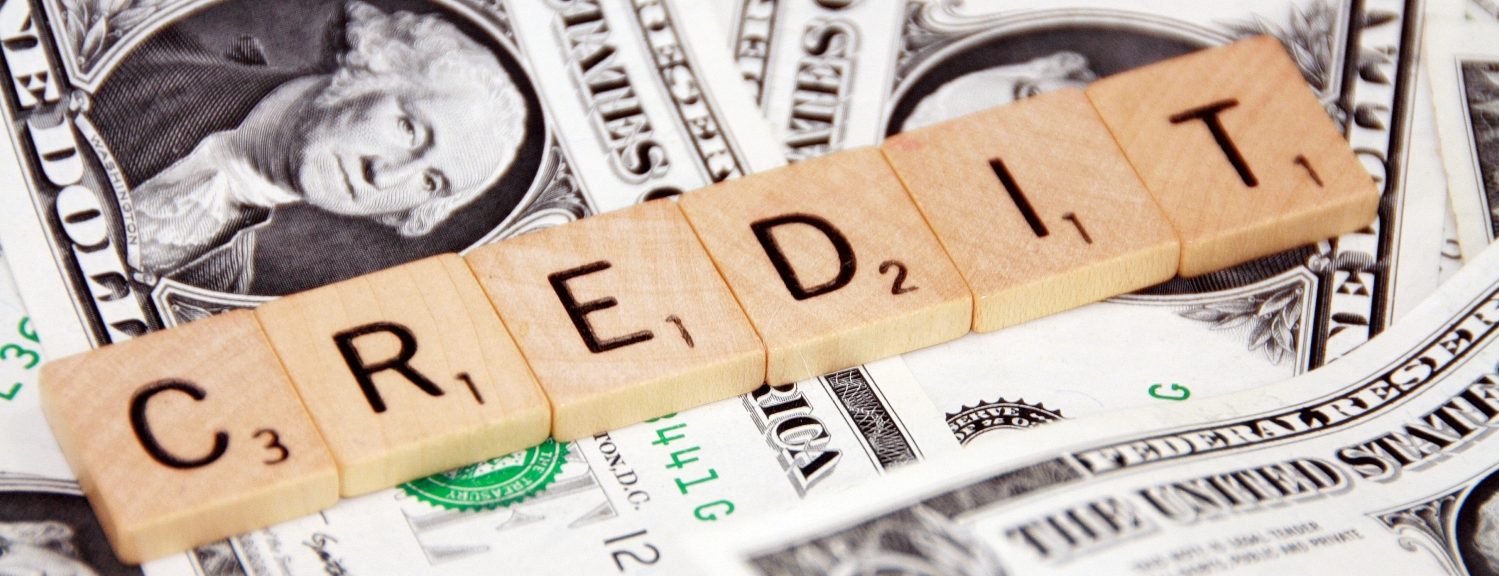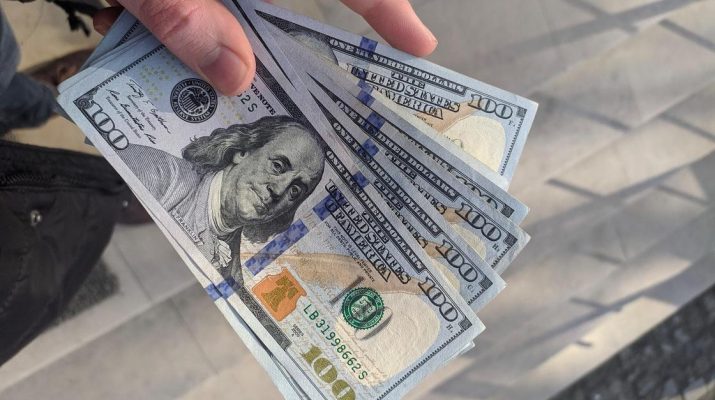UK house prices have experienced their first annual fall in more than a decade, according to Halifax, in a sign that the impact of soaring interest rates on household budgets has brought a halt to the country’s long housing boom.
The cost of the average home last month was 1% lower in May than in the same month last year, marking the first time that prices have fallen year-on-year on the lender’s monthly report since December 2012.
The figures come as the turmoil in the mortgage market shows no sign of abating, with banks and building societies continuing to pull home loans from their shelves, often with very little notice, and hike the cost of their fixed-rate deals.
On Wednesday, Halifax Intermediaries, the arm of the high street bank that serves brokers, increased some of its fixed-rate deals by up to 0.82 percentage points – a two-year fix for those remortgaging who previously had a rate of 4.9% is now priced at 5.72%. On Thursday, Santander’s broker arm will increase the cost of more of its fixed deals, with some rates rising by up to 0.33 percentage points.
The slump in the housing market has been precipitous over the past year as stubbornly high inflation, which remains at 8.7%, and 12 increases in a row in the UK base interest rate wreak havoc on the mortgage market. Just last summer Halifax had the annual rate of house price growth running at more than 12%.
“As expected, the brief upturn we saw in the housing market in the first quarter of this year has faded, with the impact of higher interest rates gradually feeding through to household budgets, and in particular those with fixed rate mortgage deals coming to an end,” said Kim Kinnaird, the director at Halifax Mortgages.
“This will inevitably impact confidence in the housing market as both buyers and sellers adjust their expectations.”
The monthly change in the average price of a UK home remained almost flat in May at £286,532, the lender said – in April they fell 0.4% compared with March – with prices down about £7,500 on average compared with last summer’s peak.
Kinnaird also noted the impact of the slowdown in the number of mortgage approvals, with lending collapsing to the lowest monthly level on record, and the drop in the number of completed transactions as stark signs of a cooling of demand in the market.
“Further downward pressure on house prices is still expected,” said Kinnaird. “With consumer price inflation remaining stubbornly high, markets are pricing in several more rate rises that would take the base rate above 5% for the first time since the start of 2008. Those expectations have led to fixed mortgage rates to start rising again across the market.”
More than 100,000 households are due to come to the end of their fixed-rate deals this month. Data from the Office for National Statistics suggested the number of fixed deals coming to an end in 2023 would peak in the second quarter of this year − 1 April to 30 June − at 371,000.
Homeowners face the stark choice of choosing deals with hefty rates or being hit with soaring costs by moving on to their existing lender’s standard variable rate.
On Wednesday, the average rate on a new two-year fixed mortgage stood at 5.79%, according to the financial data provider Moneyfacts, compared with 5.26% at the start of May.
That means someone taking out such a deal now faces paying £756 more a year than someone who signed up to the equivalent just over a month ago, based on a typical £200,000 mortgage.
skip past newsletter promotion
Sign up to Business Today
Free daily newsletter
Get set for the working day – we’ll point you to all the business news and analysis you need every morning
Enter your email address Enter your email address Sign upPrivacy Notice: Newsletters may contain info about charities, online ads, and content funded by outside parties. For more information see our Privacy Policy. We use Google reCaptcha to protect our website and the Google Privacy Policy and Terms of Service apply.
after newsletter promotion
That difference balloons to more than £3,700 a year when compared with someone who took out a typical two-year fix priced at 3.03% in May last year.
Meanwhile, the number of residential mortgage deals available on Wednesday had fallen to 4,597. On 22 May – two days before the most recent inflation data was released, spooking the markets – the total stood at 5,385.
As lenders continue to increase borrowing rates and pull deals, record numbers of buyers are taking out loans lasting more than 35 years in an attempt to make monthly payments more affordable.
The proportion of first-time buyers taking out a mortgage with a term of over 35 years hit a record high in March this year, reaching 19%, banking body UK Finance confirmed on Wednesday. Meanwhile, 8% of home movers signed up for mortgages with terms over 35 years.
Nicholas Mendes, mortgage technical manager at broker John Charcol, said: “Market volatility and competitor product changes mean we will see, in the short term at least, lenders continually repricing or withdrawing at short notice.”
“For anyone nearing the end of their fixed rate, speaking with a mortgage adviser will be key,” he added.
“Mortgage borrowers on the whole, other than perhaps some first-time buyers, can still afford a mortgage, but just have to be prepared to put their hand in their pocket a bit more,” said Gareth Lewis, managing director at property lender MT Finance.



